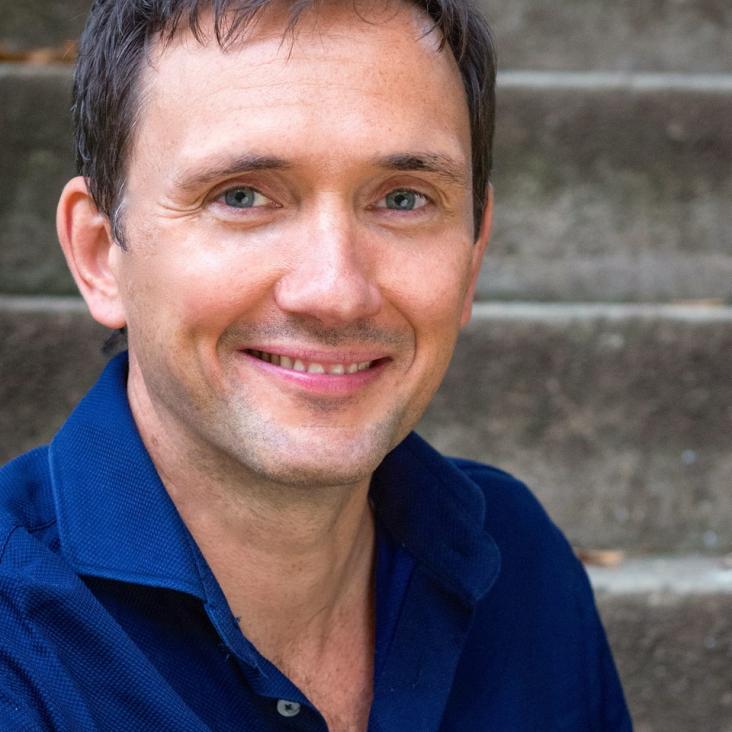Representability problems for coarse-grained water potentials
(2007)
Controlling crystallization and its absence: Proteins, colloids and patchy models
(2007)
Measuring colloidal interactions with confocal microscopy
JOURNAL OF CHEMICAL PHYSICS 127:4 (2007) ARTN 044507
Representability problems for coarse-grained water potentials
JOURNAL OF CHEMICAL PHYSICS 126:14 (2007) ARTN 144509
The relationship between bulk water and protein dynamical transitions
ABSTRACTS OF PAPERS OF THE AMERICAN CHEMICAL SOCIETY 234 (2007)


